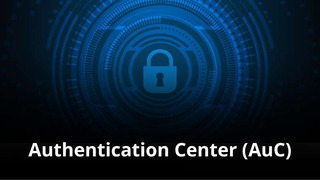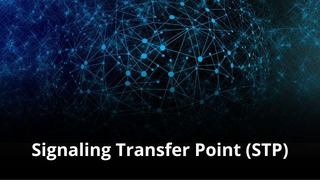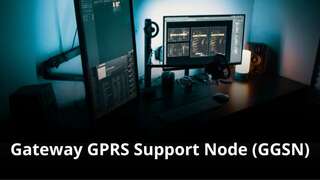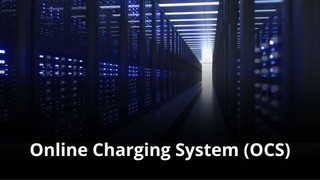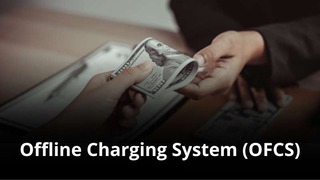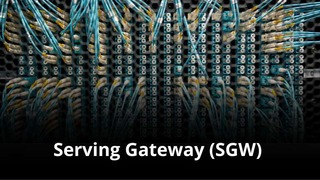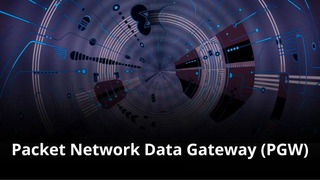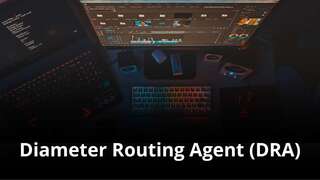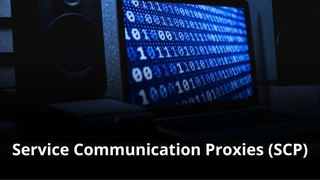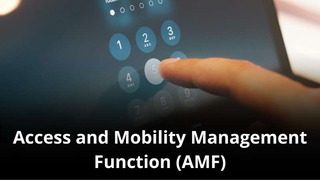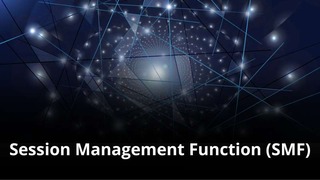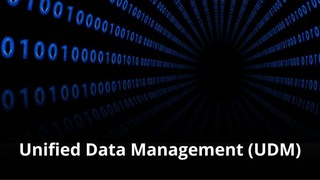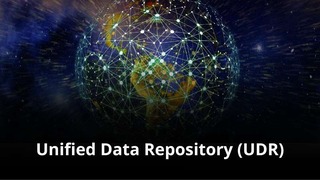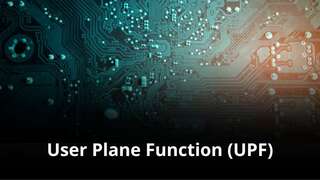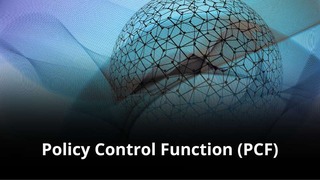Introduction about the Policy Control Function (PCF)
The Policy Control Function (PCF) is a critical and foundational component within the architecture of the 5G Core (5GC) network. Understanding its purpose is essential for comprehending how 5G networks manage and enforce service, mobility, and charging rules in a unified and centralized manner. This entity acts as the central, authoritative decision point for all policy control rules that govern the behavior of the network, the user’s data session, and the application’s access. You can think of it as the network’s “chief regulator.” It is crucial for any operator aiming to uphold service differentiation, network slice isolation, dynamic QoS management, and advanced policy enforcement in their 5G environment.
What are the details of a Policy Control Function (PCF)?
- History and Evolution of the Policy Control Function
- Core Utility and Functionality of the SMF
- Technical Integration and Data Model
- PCF Ownership for MVNOs and IoT Companies
- Organizational Impact of PCF Ownership?
- Redundancy and High Availability
- Impact of 6G, AI/ML, and Cloud-Native Architectures on the PCF
- Frequently Asked Questions about the PCF
- Summary
History and Evolution of the Policy Control Function (PCF)
The concept of centralized policy enforcement originated in 4G (LTE) with the Policy and Charging Rules Function (PCRF). As the 4G core evolved, the PCRF became critical for controlling QoS and charging. With the shift to 5G Core (5GC), the PCRF function was refined and split: the core policy decisioning became the Policy Control Function (PCF), while charging enforcement was integrated into the SMF/UPF, making the PCF a purely policy-centric entity. This architectural disaggregation is key to 5G’s flexibility. The PCF’s design is centered on the Service-Based Architecture (SBA) and the network slicing paradigm, allowing it to apply entirely different sets of rules for a single user simultaneously connecting to different slices (e.g., one slice for low-latency gaming, another for best-effort browsing).
Core Utility and Functionality of the PCF
What is the PCF Used For?
The Policy Control Function (PCF) is the definitive source for policy decisions in the 5G core. Its primary purpose is to authorize and enforce the rules governing a subscriber’s service usage, mobility parameters, and session characteristics. It acts as an intermediary, collecting input from various sources (e.g., application requests, subscription data, network load) and generating a unified set of policies that are then pushed to the enforcement points (SMF, AMF). It is crucial for controlling network resources, ensuring subscribers receive the exact QoS and experience they paid for, and supporting innovative, application-aware services.
Key Functions of the Policy Control Function (PCF)
Lets investigate the core functions of the Policy Control Function (PCF) to understand its critical role in 5G network operations:
- Policy Decision Point: Acts as the central brain, determining the final policy rules based on network conditions, subscription data, and operational requirements.
- Subscription Data Retrieval: Interacts with the Unified Data Repository (UDR) to fetch a subscriber’s allowed services and policies based on their contract.
- Session Policy Control: Provides the SMF with the detailed QoS and charging rules (Policy and Charging Control or PCC rules) for the data session (via the N7 interface).
- Application Function (AF) Interaction: Communicates with external application servers (AFs) to receive real-time service requests (e.g., a video application requesting higher bandwidth), using the N5 interface.
- Access and Mobility Policy Control: Generates rules that influence the AMF’s behavior regarding mobility management, registration, and access restrictions (via the N15 interface).
- Policy Rule Aggregation: Combines multiple policy inputs (static subscription, dynamic AF request, network load) into a single, cohesive set of enforceable rules.
- Dynamic QoS Management: Enables the real-time modification of Quality of Service (QoS) parameters (e.g., guaranteeing low latency) in response to application requests or network congestion.
- Network Slice Policy Steering: Applies different, isolated policy sets to a single UE’s multiple PDU sessions, ensuring strict adherence to the rules of each accessed Network Slice.
- Event Notification and Reporting: Subscribes to and receives notifications from other NFs (like the SMF) about session-related events (e.g., session termination) and updates relevant policies.
Technical Integration and Data Model
The Policy Control Function (PCF) is a major pivot point in the 5G control plane. Examine its key integration points:
- SMF (Session Management Function): Connects over the N7 interface to push session-level policy rules for QoS and charging.
- AMF (Access and Mobility Management Function): Interacts over the N15 interface to influence mobility policies and access restrictions.
- AF (Application Function): Communicates over the N5 interface to accept dynamic, application-aware policy requests.
- UDM/UDR (Unified Data Management/Repository): Interacts over the N17 interface to retrieve permanent policy data associated with the subscriber profile.

Technical Data Model and Key Interfaces
The PCF employs a structured Technical Data Model centered around Policy Decisions and PCC Rules. The policy data is organized to handle user-specific rules, network-wide rules, and application-specific rules. Key interfaces utilized by the PCF are exclusively based on the HTTP/2 protocol and the Service-Based Architecture (SBA):
- N7, N15, N5, N17 (Service-Based Interfaces): The entire PCF is defined by its API-based interfaces, communicating with all other NFs via the SBA using HTTP/2 over a Service Mesh.
- RESTful APIs: The interfaces rely on standard RESTful principles and often use a publish/subscribe model, where the PCF notifies the SMF/AMF when a policy needs to be changed dynamically (e.g., during a video stream).
PCF Ownership for MVNOs and IoT Companies
Why Own a PCF?
For an MVNO or an IoT company, owning a dedicated Policy Control Function (PCF) (often a containerized instance) is essential for commercial differentiation. The PCF dictates what a user is allowed to do and how their traffic is treated. Owning it allows these companies to gain significant control over service pricing, sophisticated QoS guarantees (SLAs), and the creation of unique, vertically focused Network Slices (e.g., a slice specifically for fleet tracking with high reliability policies). This level of granular, real-time control over service delivery is impossible to achieve when relying solely on the host MNO’s shared, generic policy framework.
Advantages and Disadvantages of PCF Ownership
Complete Control over policy rules for all services, enabling rapid product design and launch.
Customized QoS/SLA Enforcement that can be guaranteed down to the application level for enterprise clients.
Independent Policy Management for their Network Slices, ensuring isolation from the host MNO’s policies.
Direct AF Integration to support specialized IoT platforms or enterprise applications that require dynamic policy adjustments.
Faster Time-to-Market for new tariffs or policy adjustments, bypassing MNO deployment queues.
High Initial Investment in specialized, intelligent policy-engine software and SBA infrastructure.
Operational Complexity requiring expertise in policy rule logic, subscription data mapping, and real-time policy updates.
Maintenance and Upgrade Costs for a critical, 24/7 decision-making system.
Interconnection Challenges with the host MNO’s core NFs (AMF/SMF) if they are shared resources.
Latency Sensitivity—policy decisions must be delivered very quickly to prevent session delays.
Organizational Impact of PCF Ownership
Analyzing the organizational impact of owning a Policy Control Function (PCF) across various business units.
Operational Impact: Requires the establishment of a dedicated technical team proficient in policy logic scripting, API/SBA management, and policy execution monitoring. This team will manage the complex policy decision engine, map policies to billing/product systems, and troubleshoot rule conflicts. Recruitment of specialized personnel who understand both network engineering and business logic is essential.
Financial Impact: Evaluate the significant capital expenditure (CapEx) for the initial software licenses for the policy engine, which is often a premium product. High ongoing operational expenditure (OpEx) will cover highly skilled staff salaries, database management (for policy persistence), and continuous testing/validation of policy rules.
Commercial Impact: The PCF directly translates product strategy into network behavior. Commercial teams gain the ability to launch highly specific, targeted products (e.g., “unlimited video streaming at 10Mbps”) with confidence that the network can enforce the exact terms.
Technical Impact: Mandates the implementation of robust, scalable SBA infrastructure capable of handling millions of real-time policy requests. The company must own the end-to-end responsibility for policy rule integrity, ensuring that a misconfigured rule does not disrupt the entire network.
Redundancy and High Availability

The Policy Control Function (PCF) is a single, central point of authority for all policy enforcement; therefore, Redundancy and High Availability (HA) are absolutely critical requirements. The PCF must be deployed in a fully redundant, active-active cluster configuration, leveraging the stateless nature of the SBA where possible. Policies must be stored in a highly available, geographically redundant data repository (often the UDR). Rigorous state synchronization mechanisms are employed across PCF instances to ensure that all policy decisions are consistent and that if one instance fails, the remaining instances can continue to generate policy rules without service interruption or delay.
Impact of 6G, AI/ML, and Cloud-Native Architectures on the PCF
PCF’s Transition
The PCF is a native component of the 5G SBA and is built for the cloud. Its evolution is focused on integrating more intelligence and automation. The ability of the PCF to receive requests from Application Functions (AFs) is a glimpse into its future, where the network will be dynamically programmed by the services it hosts.
6G, AI/ML, and Cloud-Native Architecture
In the 6G core, the PCF will evolve into a powerful AI/ML-driven policy engine. It will move beyond simple rule-based enforcement to real-time, predictive policy management. The PCF will consume massive amounts of network and application data, using AI to dynamically adjust QoS, manage congestion, and steer traffic to optimize user experience and energy consumption—all without human intervention. Its foundational role—the centralized policy decision point—will remain, but it will become a highly autonomous, self-optimizing system essential for complex 6G service orchestration.
Frequently Asked Questions about the Policy Control Function (PCF)
1. What is the main function of the PCF?
The primary function is to act as the centralized decision maker, creating and enforcing unified policy control rules for session management (QoS) and mobility across the 5G core.
2. What is the N7 interface used for?
The N7 interface is the link between the PCF and the SMF, used by the PCF to push policy and charging rules (PCC rules) to the SMF for session enforcement.
3. How does the PCF interact with applications?
It uses the N5 interface to communicate with the Application Function (AF). An AF can request a change in policy (e.g., higher bandwidth) in real-time for a specific service.
4. What 4G function is the PCF the successor to?
The PCF is the successor to the Policy and Charging Rules Function (PCRF), but the 5G PCF is solely responsible for policy decisioning, while charging enforcement is done by the SMF/UPF.
5. What inputs does the PCF use for its decisions?
The PCF combines inputs from the AF (real-time service requests), the UDM/UDR (subscriber profile/policy data), and internal network status to make a final policy decision.
Summary
The Policy Control Function (PCF) is the central, authoritative decision engine that translates business logic and regulatory requirements into enforceable rules across the 5G Core (5GC). Acquiring and operating a dedicated PCF offers MVNOs and IoT companies significant advantages in service differentiation, real-time policy control, and customized slice management. However, this decision involves managing a complex, mission-critical logic system and requires specialized expertise in policy design and cloud-native integration. Its conceptual role—that of the master policy regulator—is fundamental to enabling the advanced, flexible services of 5G and the autonomous networks of the future.
